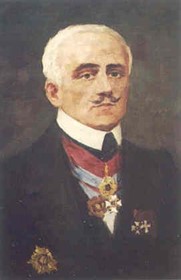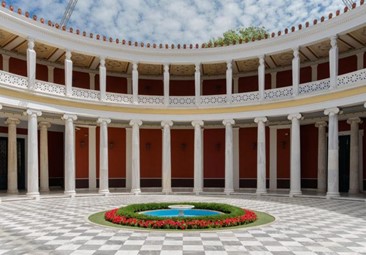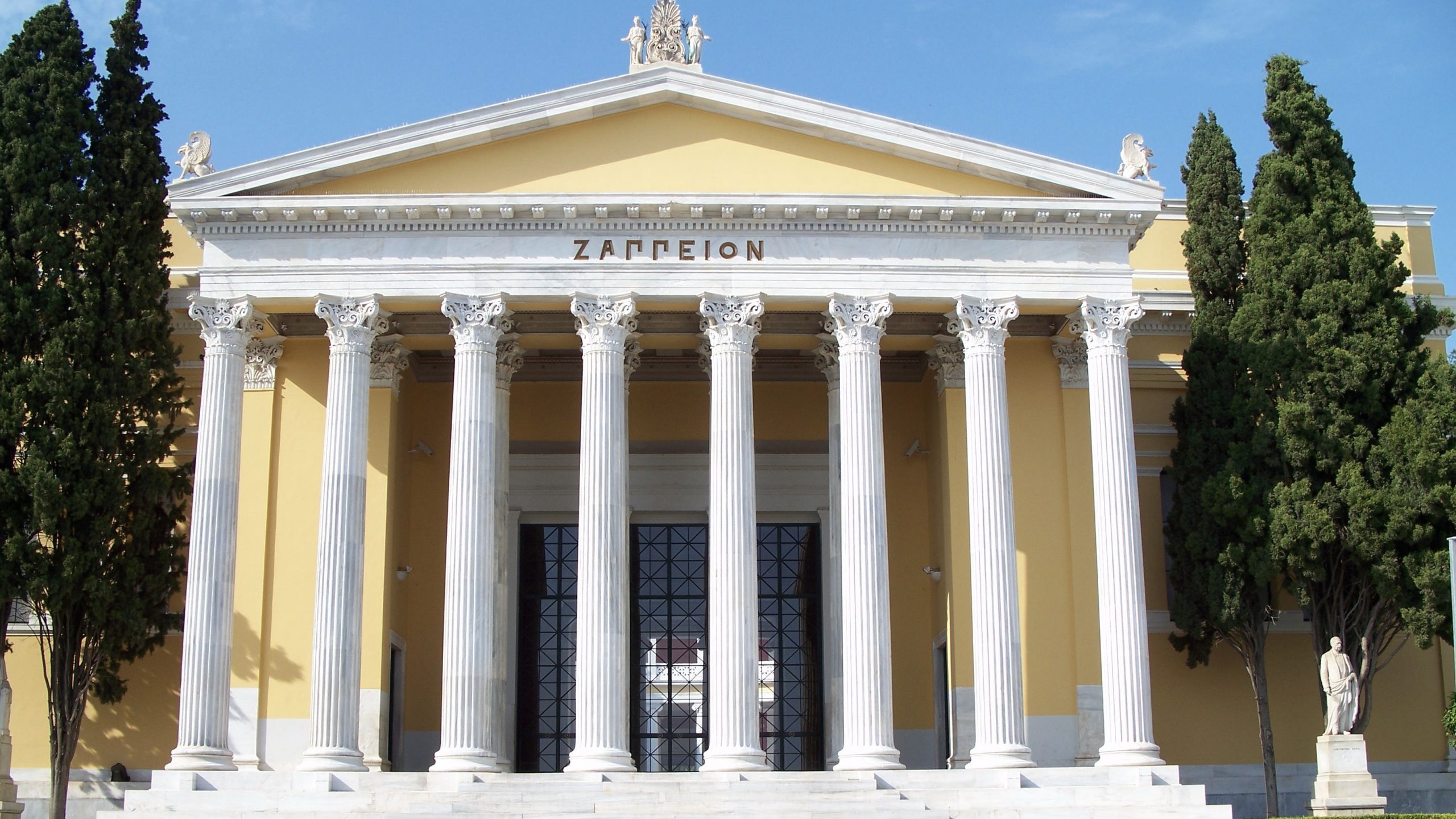By Georgene Dilernia.
The Zappeion Megaron is one of the most significant buildings currently standing in Athens, Greece. The building was inaugurated on October 20th, 1888.
Here’s out top five facts about the building.
Where is the building?
The building is located in the heart of Greece’s capital, Athens. The structure resides inside the National Gardens of Athens, also known as, the Zappeion, a major park that is enjoyed by many.
Who is the building named after?
The Zappeion Megario is named after its benefactor, Evangelos Zappas, a wealthy businessman from Epirus. Zappas played a major role in starting the Zappian Olympic Games, which was an important inspiration for the modern Olympic games.

Zappas offered to sponsor the revival of the modern Olympic Games, which created the path to restart them. Not long after the building’s inauguration, the first modern Olympic games were held at Panathenaic Stadium in Athens in 1896.
What was the building used for back then?
As Zappas played such a large role in the revival of the modern Olympic Games, the Zappeion Megaron also played a role in them.
During the first Olympics in 1896, the building and park it resided in was the official Olympic village for the games and also hosted the fencing events.
After using it for sport events, the Zappeion Megaron was a tribute to the man who brought the Olympic Games back to the modern world.
What is the building used for currently?
The Zappeion Megaron is still used today for such things as: public exhibitions, wine tasting, trade shows, business meetings and cultural events.
The most notable events to be held in the building in recent history includes: Prime Minister Konstantinos Karamanlis signing the integration into the now European Union in May 1979 and hosting the official press centre of the 2004 Olympic Games.
What is the building’s architecture like?

The classic architecture of the Zappeion Megaron is breathtaking, with its oval shaped open area, flanked by a two-story colonnade.
The building is painted in traditional rust colours and shares many common features with other ancient Greek buildings and the Parliament of Austria in Vienna, as the two buildings shared the same architect.
